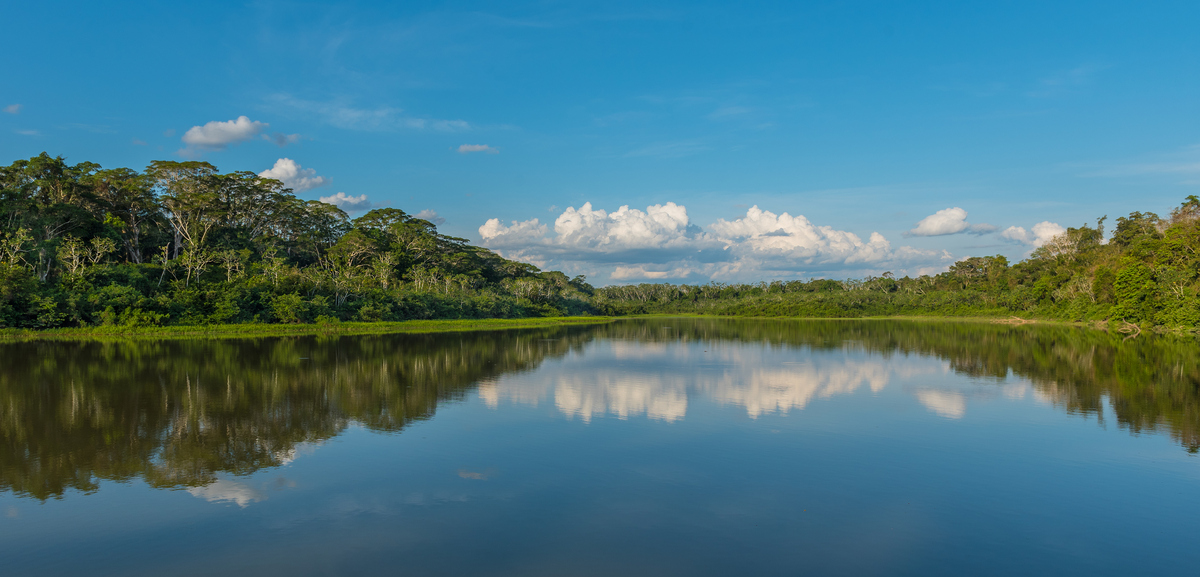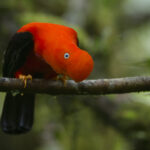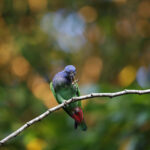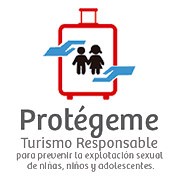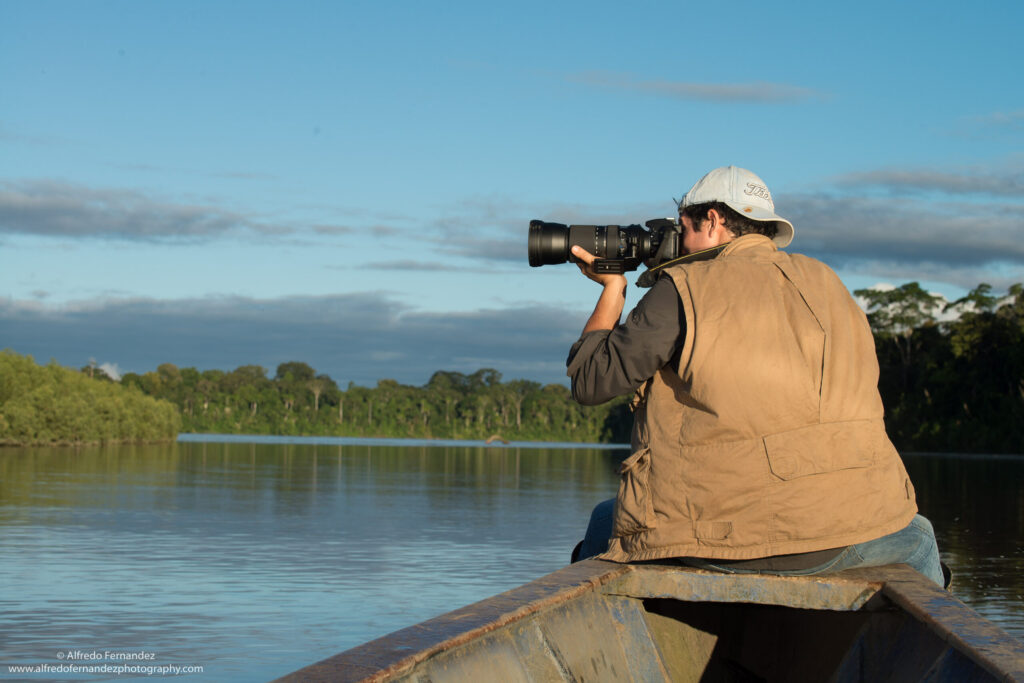Manu National Park has a big biodiversity and it’s also an ecological wonder. For those seeking to explore the lush landscapes of this UNESCO World Heritage Site, understanding the geographical location of Manu National Park becomes a crucial aspect of planning an immersive and unforgettable adventure.
In this article, we embark on a journey to unravel the geographic marvel of Manu National Park, with a focus on its strategic location and the gateway to this natural haven, Tambo Blanquillo.
Location in Peru
Manu National Park is situated in southeastern Peru, encompassing portions of the departments of Madre de Dios and Cusco. Covering an expansive area of over 1.5 million hectares (3.7 million acres), the park stretches from the Andean highlands down to the lowland Amazon rainforest. This vast expanse of pristine wilderness makes Manu National Park one of the largest and most biodiverse protected areas in the world.
Entrance from Cusco: Gateway to the Amazon
The journey to Manu National Park often begins in the historic city of Cusco, a UNESCO World Heritage Site and the former capital of the Inca Empire. From Cusco, travelers embark on a scenic road journey through the cloud forests of the Andes, descending to the Amazon lowlands. This transition from the high-altitude Andean landscapes to the rich biodiversity of the rainforest is an integral part of the Manu National Park experience.
Gateway Lodge: Tambo Blanquillo
Tambo Blanquillo, founded in 1988 by Luis Raffo, serves as a gateway to Manu National Park. Strategically located within the park’s buffer zone, this nature retreat provides a comfortable and sustainable base for visitors to explore the wonders of the Amazon rainforest. The lodge’s position allows guests to seamlessly transition from the Andean foothills to the lush lowland rainforest, offering a unique and immersive experience in the heart of Manu National Park.
Accessing the Pristine Wilderness
From Tambo Blanquillo, visitors can access Manu National Park through its designated entrance points, embarking on guided tours and expeditions that showcase the park’s diverse ecosystems. The lodge’s commitment to responsible tourism ensures that guests can explore the Amazon’s flora and fauna with minimal environmental impact, fostering a harmonious coexistence between humans and nature.
Diverse Ecosystems Within Reach
Manu National Park’s location spans a range of elevations, from the towering peaks of the Andes to the lowland rainforests along the Madre de Dios River. This geographic diversity contributes to the park’s rich tapestry of ecosystems, including montane cloud forests, high-altitude grasslands, and lowland tropical rainforests. Tambo Blanquillo’s strategic positioning allows guests to explore these varied landscapes and witness the incredible biodiversity that thrives within the park.
Conservation and Sustainable Tourism
Understanding the location of Manu National Park is not only about geographical coordinates but also about recognizing the importance of conservation and sustainable tourism. Tambo Blanquillo, as a responsible nature retreat, plays a pivotal role in promoting eco-friendly practices and contributing to the preservation of this ecological gem. Visitors to the lodge become active participants in the ongoing efforts to conserve the biodiversity of Manu National Park.
Manu National Park’s location in southeastern Peru makes it a geographic marvel that beckons adventurers and nature enthusiasts from around the world. As travelers embark on the journey from Cusco to the lush rainforests of the Amazon, Tambo Blanquillo stands as a gateway to this extraordinary natural sanctuary.
By understanding the geographical context of Manu National Park and choosing a responsible entry point like Tambo Blanquillo, visitors not only embark on a memorable adventure but also become stewards of one of the most biodiverse regions on Earth.

